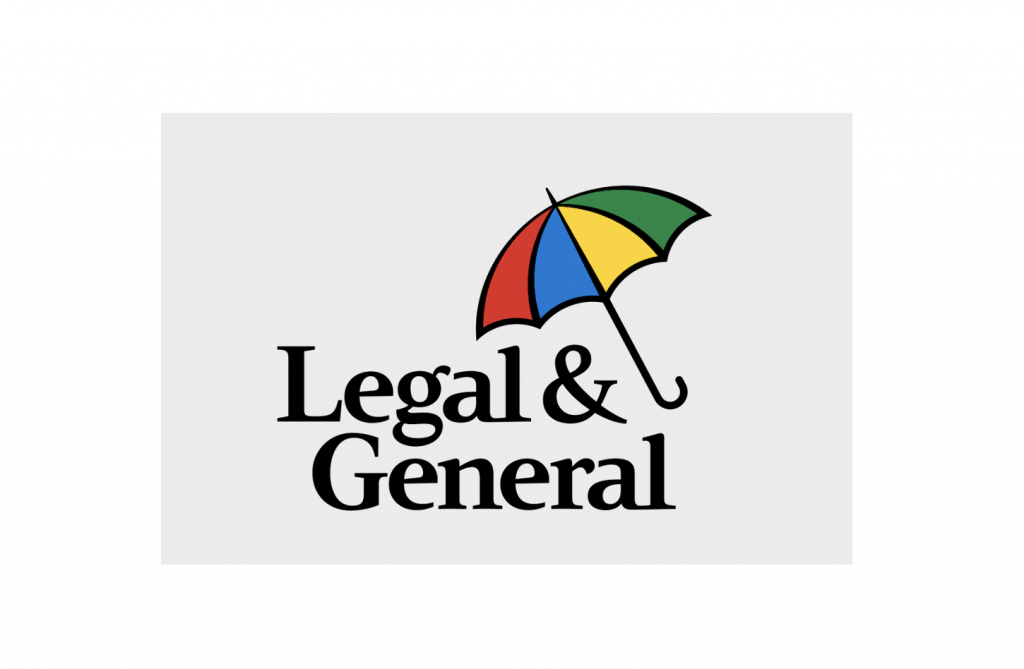If Legal & General’s latest Wellbeing at Work Barometer data – hot off the press – is anything to go by, there are some considerable wellbeing gaps where many SMEs (50-249 employees) are concerned. For example, the results show a substantial 23% difference in employer and employee perception when asked how well the organisation is doing on looking after its employees: 93% of employers said their organisation was doing ‘well’ in comparison to just 70% of employees who said the same. Such disparities between employer and employee opinion represent a continuous theme throughout the research. And it’s perhaps no wonder considering that over half (54%) of SME employers don’t canvass employee opinions when designing their benefit and wellbeing programmes.
There seems a big opportunity here for intermediaries to provide the kind of holistic wellbeing consultancy that SMEs might need.
‘Holistic’ is the key term here. It’s arguably become a bit of a buzzword in the industry, but nevertheless it’s important. This is about shifting wellbeing consultancy beyond product and price to help employers better shape their wellbeing strategy according to organisational and employee needs.
Contrary to some views, our research reveals that not all SMEs want to cut out the middleman and buy their benefits and services direct. Indeed, there seems a growing realisation that wellbeing is complex, it extends beyond product, and they would appreciate some help. 59% of SMEs say they already speak to an intermediary about employee benefits. And, perhaps more interestingly, even though almost a third (30%) don’t currently speak to one but consider that ‘it would be valuable’.
No time like the present
Following the disruption of Covid, many organisations could be adjusting their policies and practices to allow for new ways / patterns of working, so this might represent the ideal time to make that initial contact with the SME community. Over a quarter (28%) of the SMEs that we surveyed say they plan to redesign their wellbeing strategy to align with new ways / patterns of working in the next 12 months.
And while both employers and employees might be closely aligned on the importance to health and wellbeing of working from home and / or flexible hours, there are indications that it’s not for everyone. Remote working is ideal for some, it can be isolating for others.
While 37% say that ‘spending most days working on my own’ has been a positive change in how they work compared to pre-pandemic, over a quarter (26%) view it as a negative change.
The latter could explain why support for stress/anxiety, depression and burnout are viewed by the majority of SME employees surveyed as the top three areas of wellbeing (in order of priority) they’d like their organisation to provide access to. Either that or they’d like their organisation to increase existing levels of support over the next 12 months.
It could also explain why building strong relationships, wherever employees are based at 57%, alongside employee accessibility to benefits and services at 49%, are viewed as the most important aspects of health and wellbeing that organisations should provide, according to employers.
Interestingly, these aspects of wellbeing – aspects that won’t be considered where product represents the central focus for the intermediary or insurer – also appear ahead of arguably more talked about and therefore higher profile aspects of wellbeing, such as Financial Wellbeing and Menopause policies and attitudes.
Further evidence for this is evident in the employer responses when asked ‘what does wellbeing mean in your organisation?’. The majority replied: ‘Feeling valued at work’ (45%) ahead of ‘getting paid fairly’ (42%), ‘feeling physically well’ (40%) and ‘feeling mentally well’ (39%).
So, with all of this in mind, how can the industry add value to SMEs?
There’s more to GIP than salary replacement
It starts with a mindset that one-size-doesn’t-fit-all and extends to gathering the insights needed to help employers identify gaps in their wellbeing programmes and align benefits to support their strategic wellbeing goals.
Some of these gaps might be product or service related – for example, improving proactive and early intervention access to mental health services through group income protection (GIP) – others might be culture or communication related. Insurers may be able to help with these latter aspects too; for example, Legal & General’s Be Well hub, which includes HR communication toolkit support.
Gathering the insights needed to determine support requirements necessitates joined-up thinking and that’s where Fruitful Insights can help.
Legal & General recently announced its exclusive partnership with Fruitful Insights, a new analytical tool that quantifies wellbeing impact on productivity. It not only gathers employee views on wellbeing, but also assesses the organisation’s absence, presenteeism and attrition data with a view to assesses productivity impact.
It gives intermediaries with clients covering at least 100 employees with Legal & General’s GIP the insights to design, monitor, manage and communicate a winning workplace wellbeing strategy, supporting sustainable business.
It’s this kind of integrated thinking, across all aspects of wellbeing – from the physical and psychological to the environmental – that will help SMEs counter the disjoints that currently exist in their programmes of support.
In short, insights + innovation = informed SMEs.
Source of all data points in this article:
Legal & General Wellbeing at Work Barometer 2022. Legal & General commissioned Opinium to carry out this research amongst 1,005 senior managers or above in businesses with over 10 employees, and also 1,040 middle managers or below in businesses with over 10 employees. Fieldwork, 1 June 2022 – 11 June 2022. The data used in this article focuses on the views of those employers and employees in organisation of 50-250 employees only.
